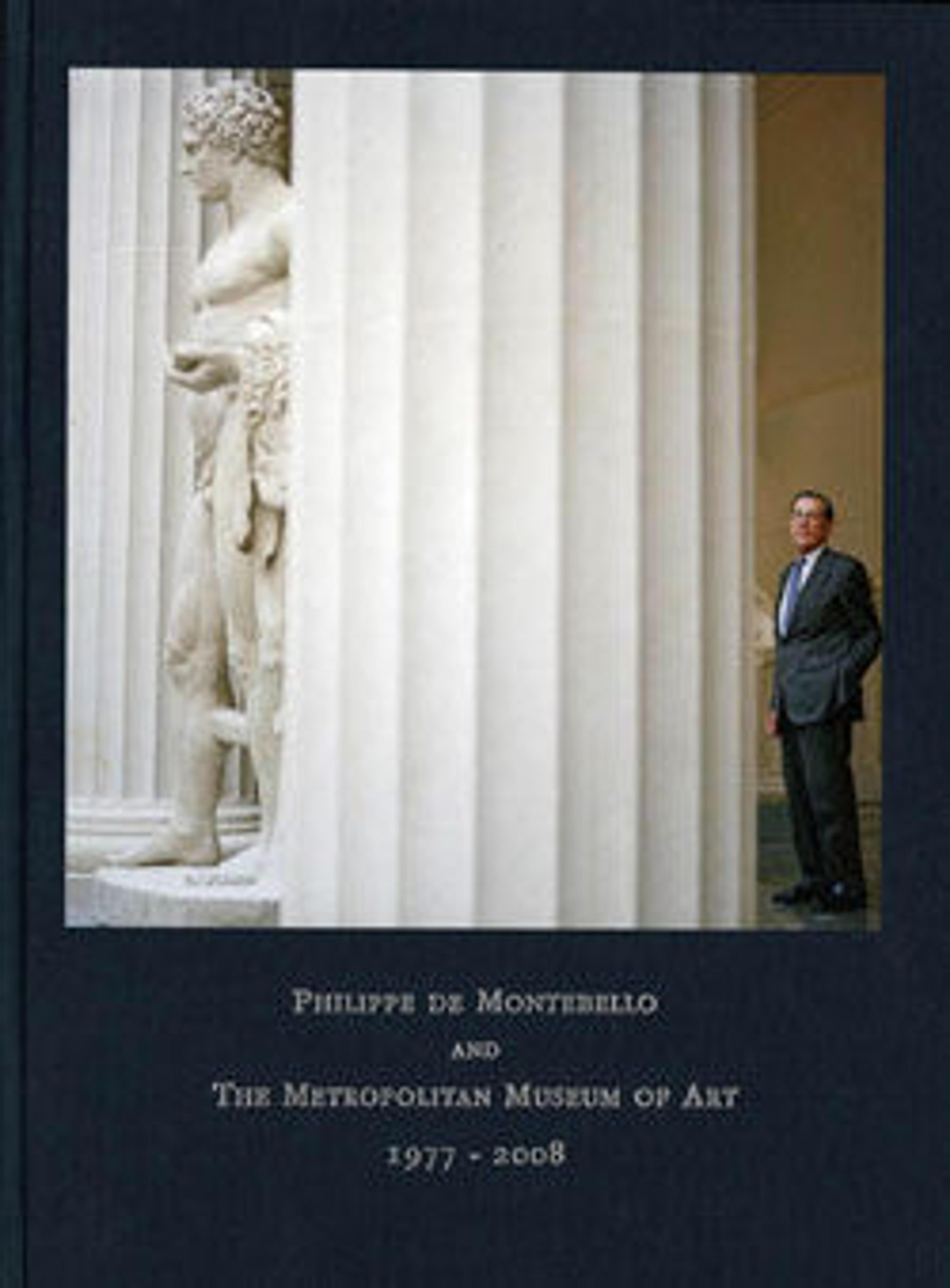Three-headed male figure
The three faces that extend around the summit of this commanding figure assert its heightened powers of perception and omniscience. The elongated torso offers a canvas for richly inscribed and colored graphic designs. Historically applied to the bodies of Kuyu men, those motifs conveyed meanings about life, death, and the origins of the community. The chevron pattern across the back signifies communication or contact—each angle represents the juncture between two distinct elements. This complex, elaborate creation was likely the centerpiece of narratives concerning a clan’s formation that were related over the course of initiation rites. The three projections from the crown of the figure’s detachable head allude to Djo, the horned viper, from which one branch of the Kuyu claims descent.
Artwork Details
- Title: Three-headed male figure
- Artist: Kuyu artist
- Date: 19th–early 20th century
- Geography: Republic of Congo, Kuyu River region
- Culture: Kuyu
- Medium: Wood, pigment
- Dimensions: H. 53 3/4 × W. 7 × D. 7 in. (136.5 × 17.8 × 17.8 cm)
- Classification: Wood-Sculpture
- Credit Line: Purchase, Funds from various donors, Daniel and Marian Malcolm Gift, and Laura and James J. Ross Gift, 2006
- Object Number: 2006.447
- Curatorial Department: The Michael C. Rockefeller Wing
More Artwork
Research Resources
The Met provides unparalleled resources for research and welcomes an international community of students and scholars. The Met's Open Access API is where creators and researchers can connect to the The Met collection. Open Access data and public domain images are available for unrestricted commercial and noncommercial use without permission or fee.
To request images under copyright and other restrictions, please use this Image Request form.
Feedback
We continue to research and examine historical and cultural context for objects in The Met collection. If you have comments or questions about this object record, please contact us using the form below. The Museum looks forward to receiving your comments.
